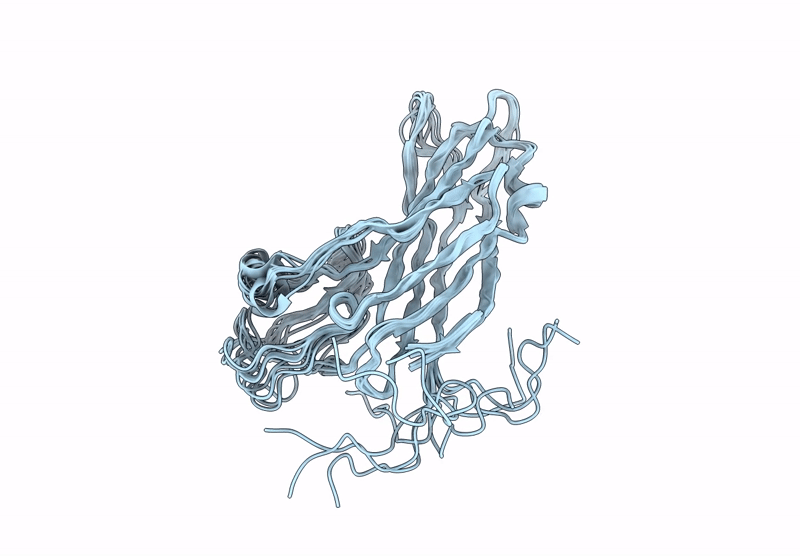
Deposition Date
2024-11-12
Release Date
2025-08-20
Last Version Date
2025-08-20
Entry Detail
PDB ID:
9HDI
Keywords:
Title:
N-terminally truncated CanA from Pyrodictium abyssi - K1-CanA
Biological Source:
Source Organism:
Pyrodictium abyssi (Taxon ID: 54256)
Host Organism:
Method Details:
Experimental Method:
Conformers Calculated:
1000
Conformers Submitted:
10
Selection Criteria:
structures with the lowest energy


